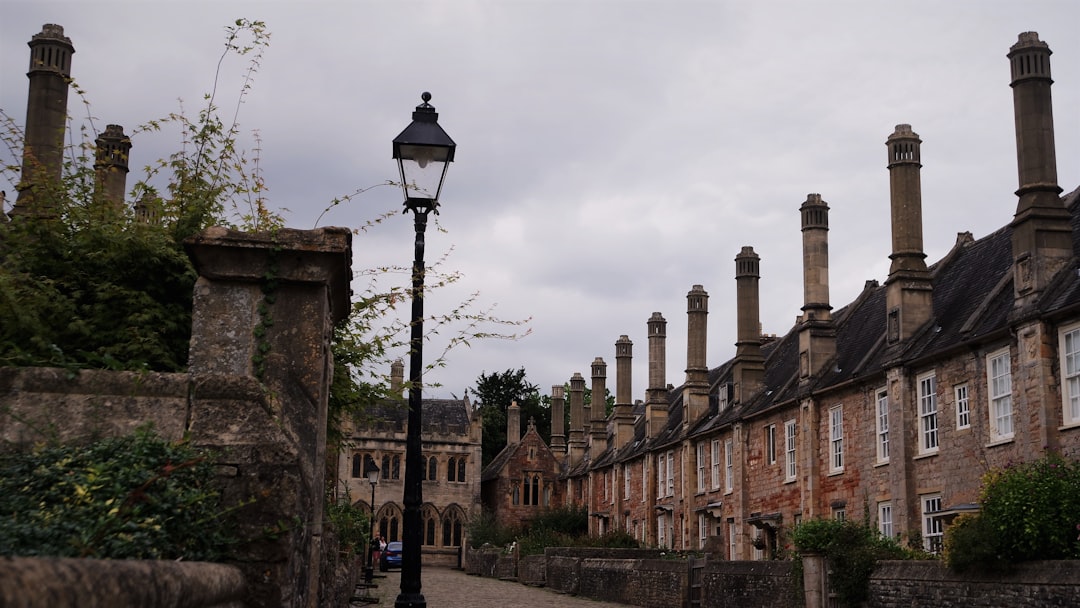What is it about?
What was the process by which prisons became an integral part of America's penal landscape---over one hundred years ago? This article examines the factors that led states to adopt a prison, even when they didn't face the same problems that led other states (New York, Pennsylvania) to create the modern prison. For the early adopters, it was about replacing their failing first-generation prison facilities. For later adopters in the Deep South and Frontier, it was about looking legitimate to their more established, more "civilized" northeastern counterparts. At this time, legitimacy---looking civilized---meant adopting a modern prison.
Featured Image
Why is it important?
This paper highlights the way in which penal policy is often determined by factors other than crime rates or demonstrable crime problems. In this case, penal policy was determined---for some states at least---by the need to seem legitimate.
Read the Original
This page is a summary of: A Neo-Institutional Account of Prison Diffusion, Law & Society Review, May 2015, Wiley,
DOI: 10.1111/lasr.12136.
You can read the full text:
Contributors
The following have contributed to this page










